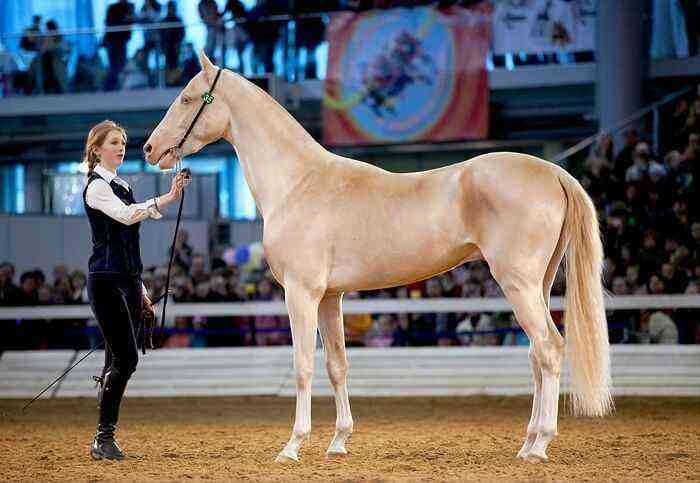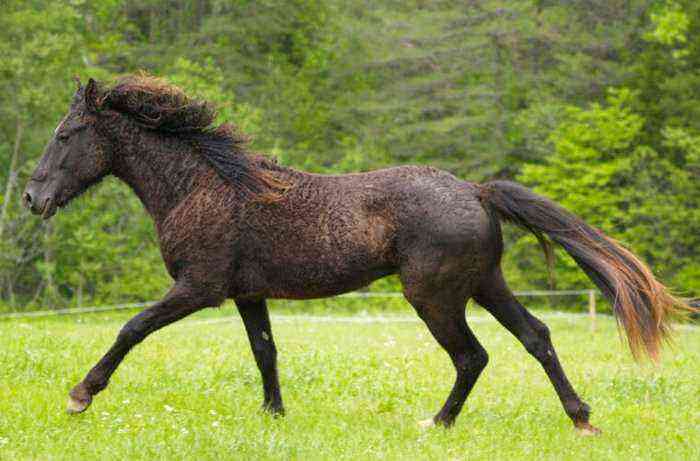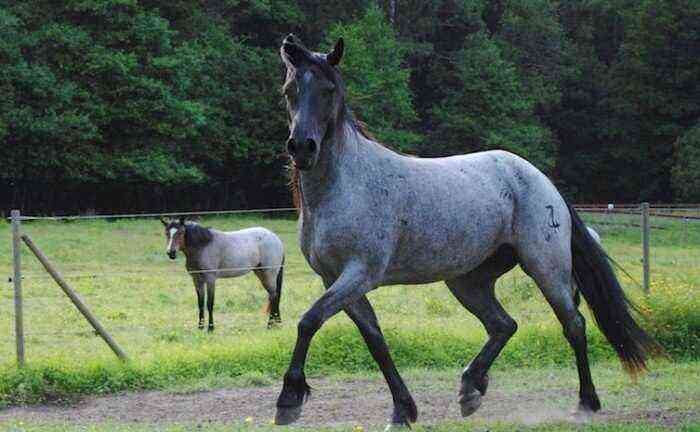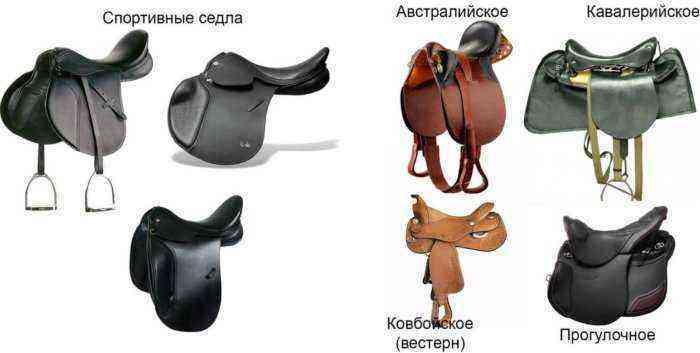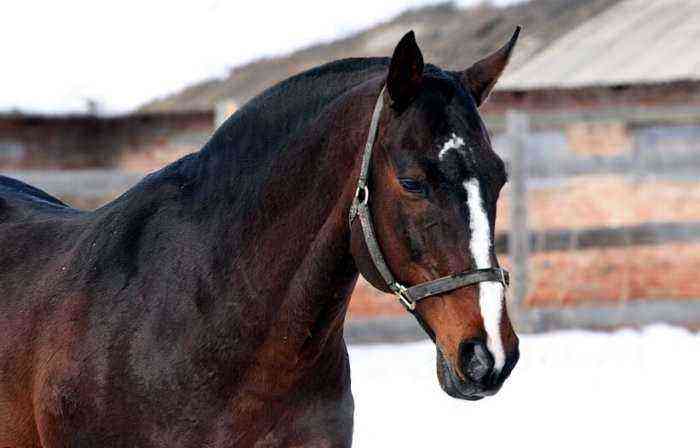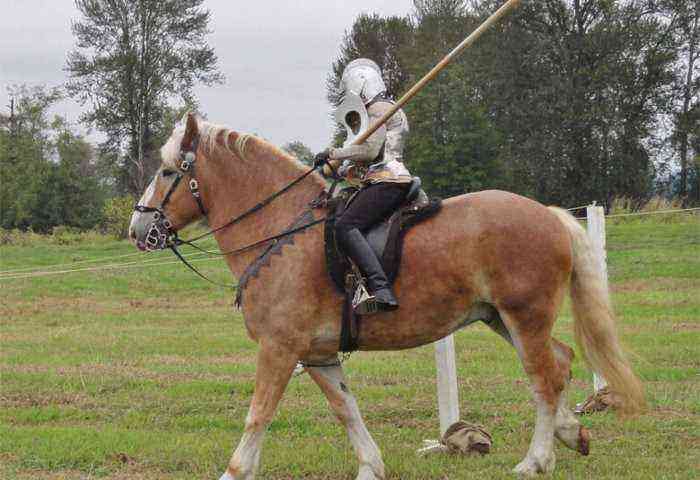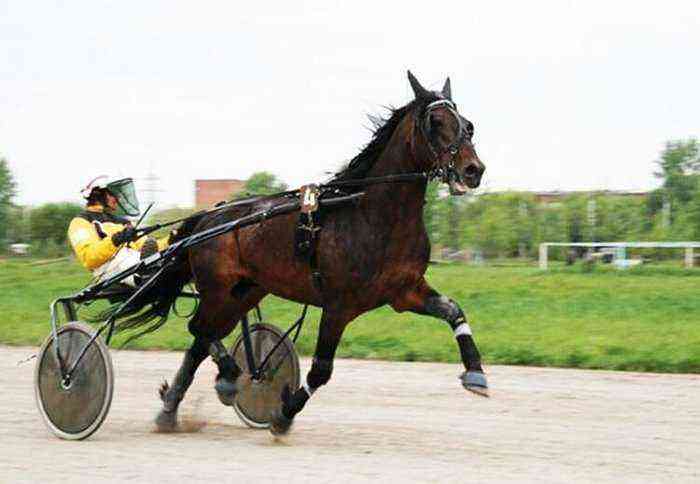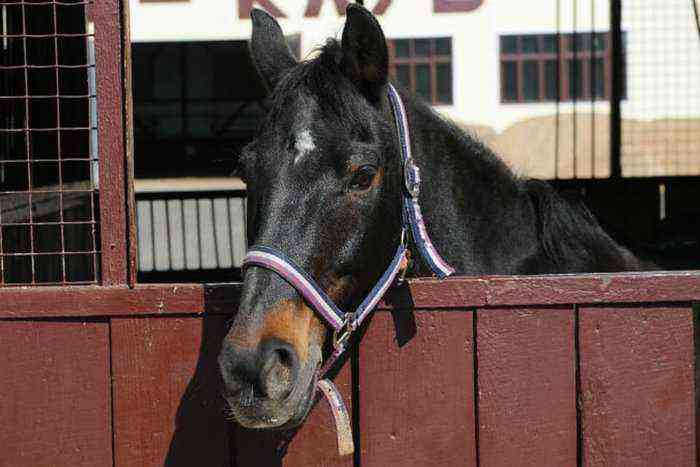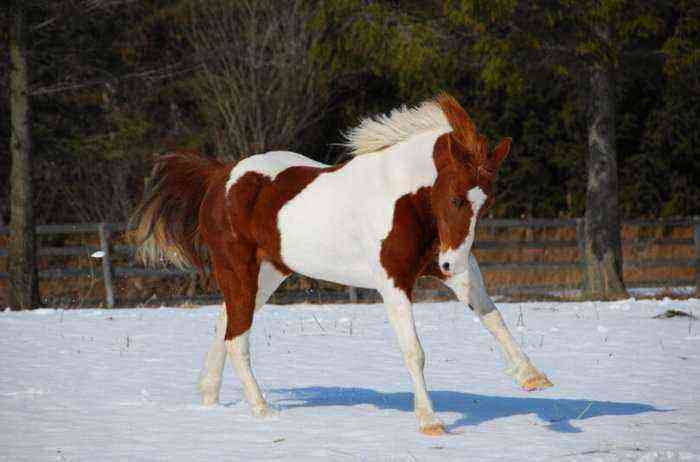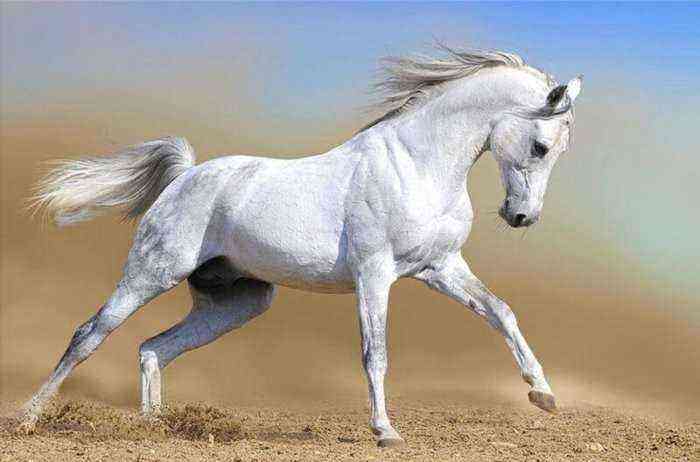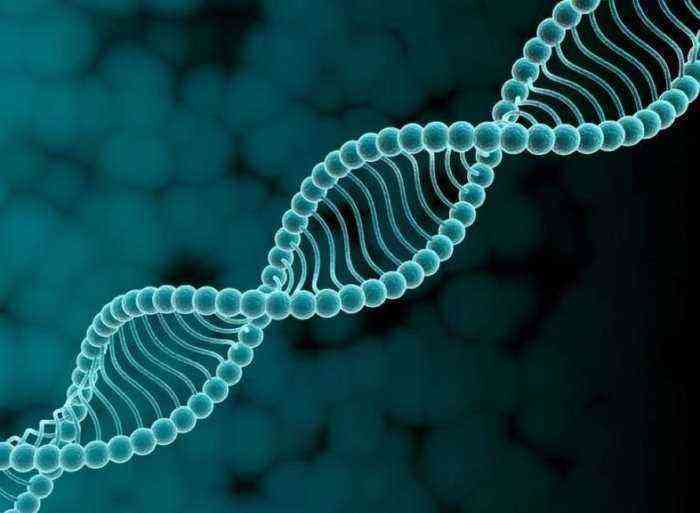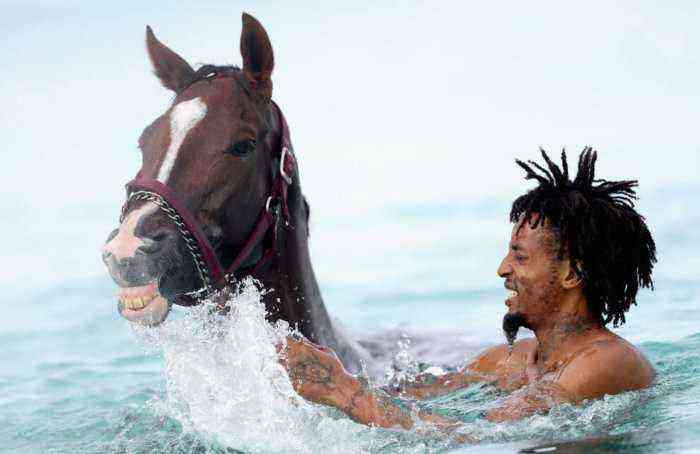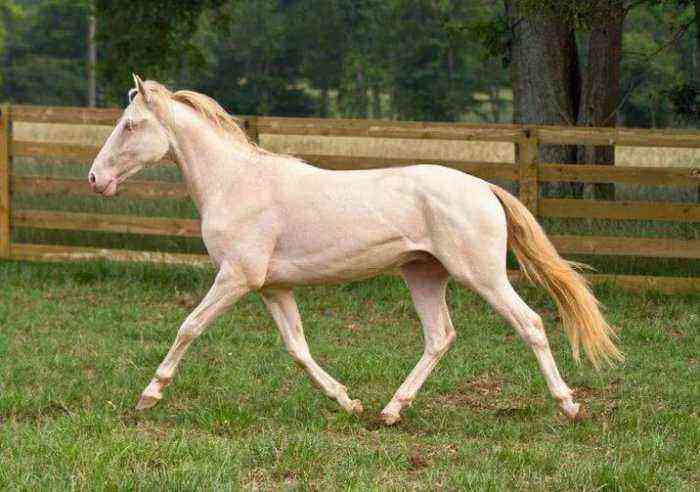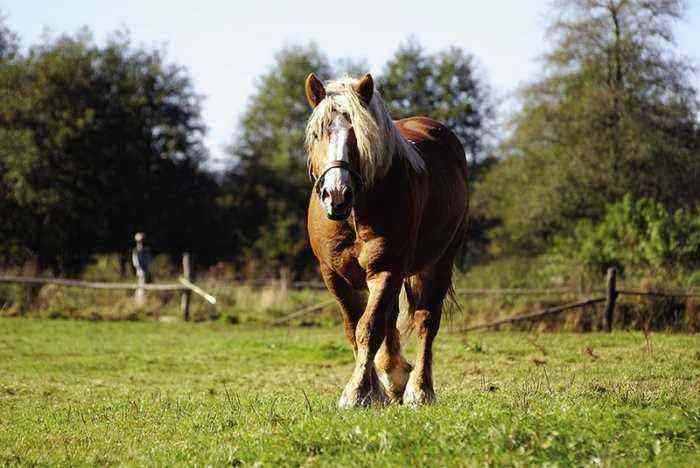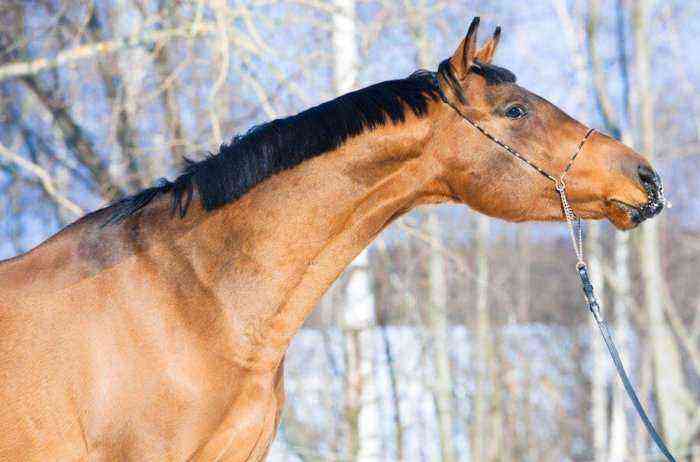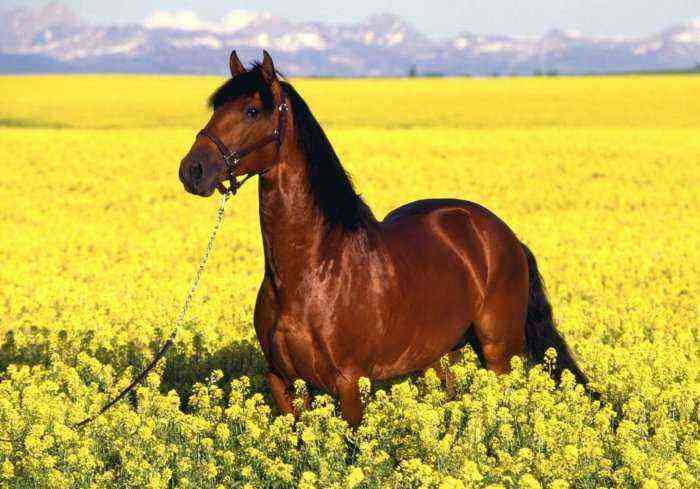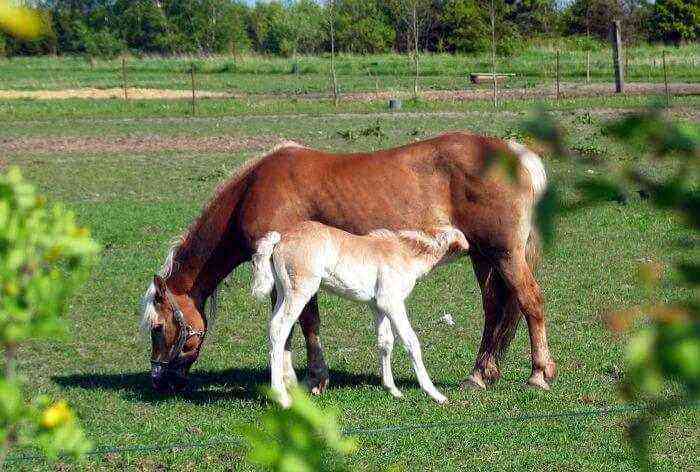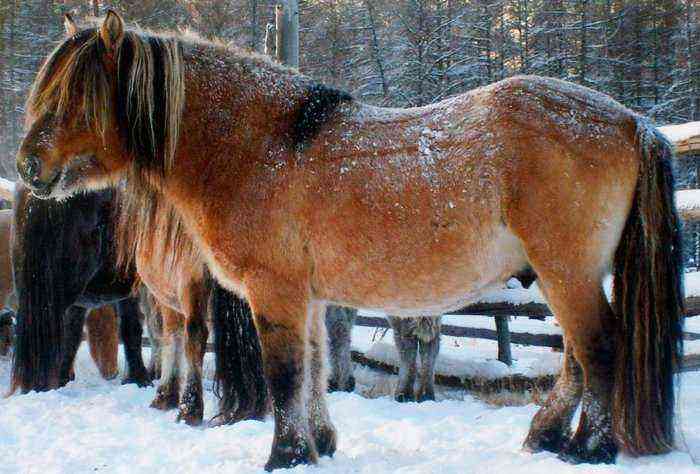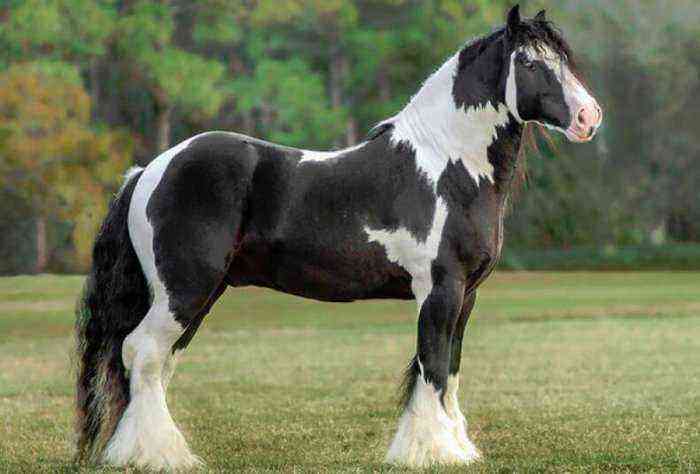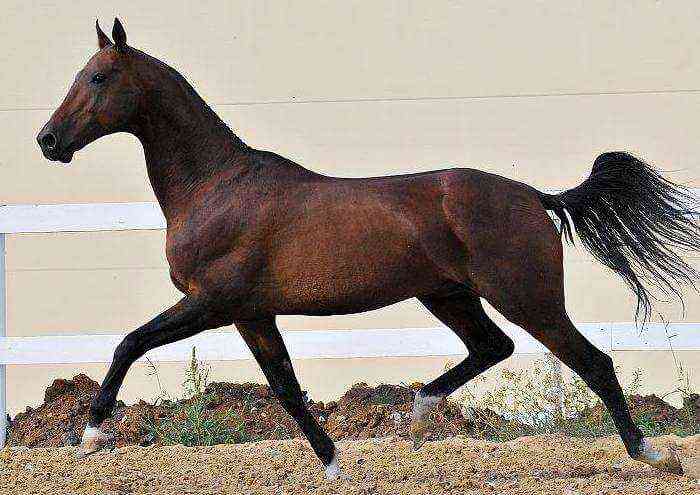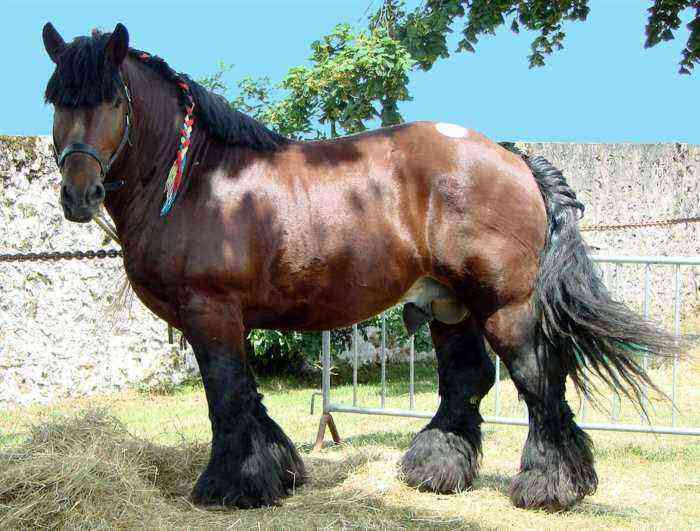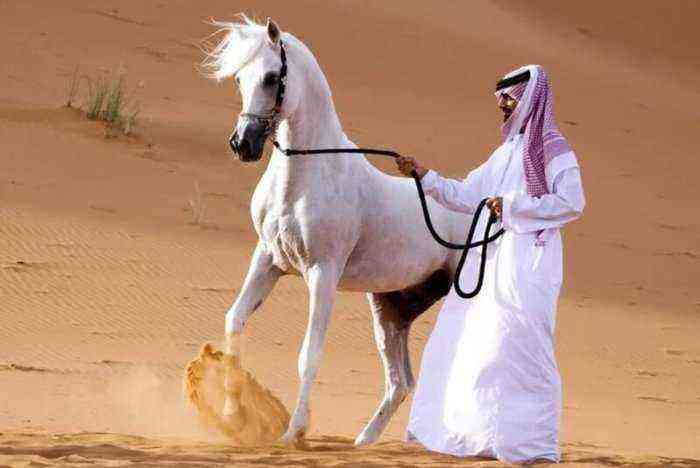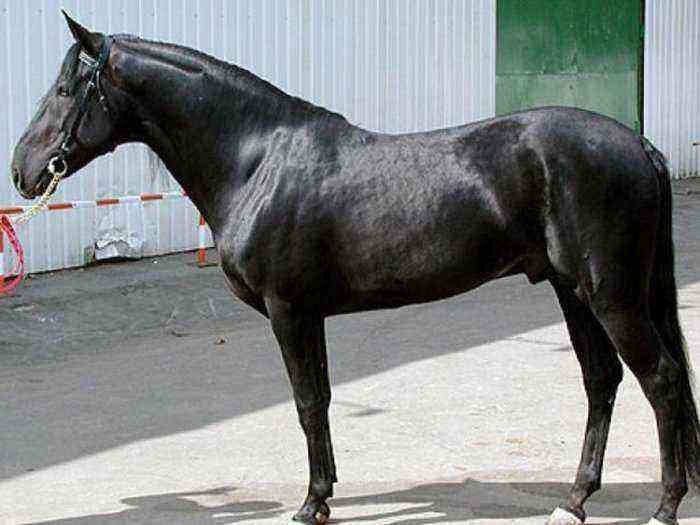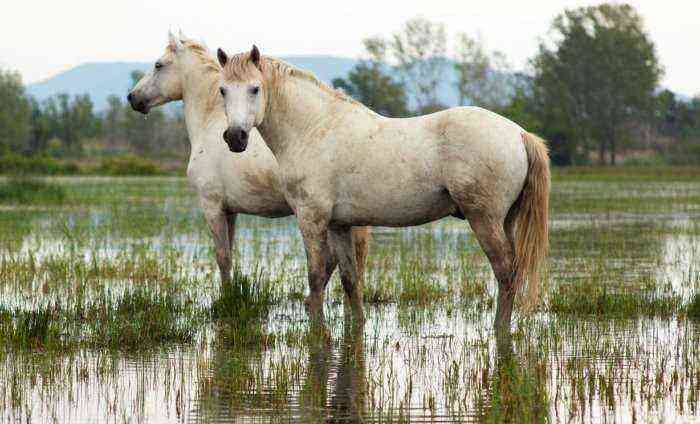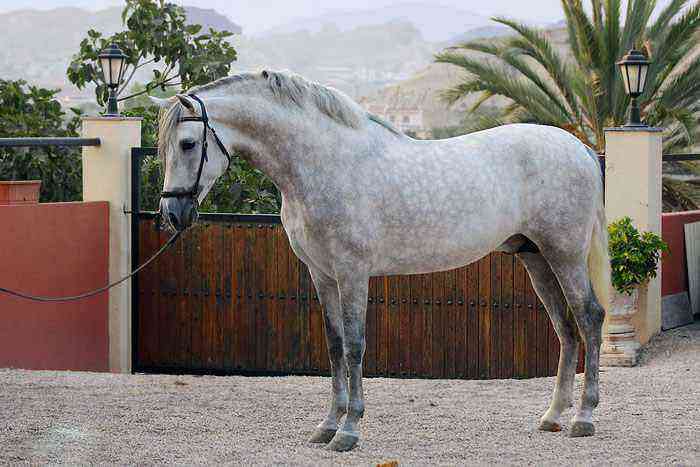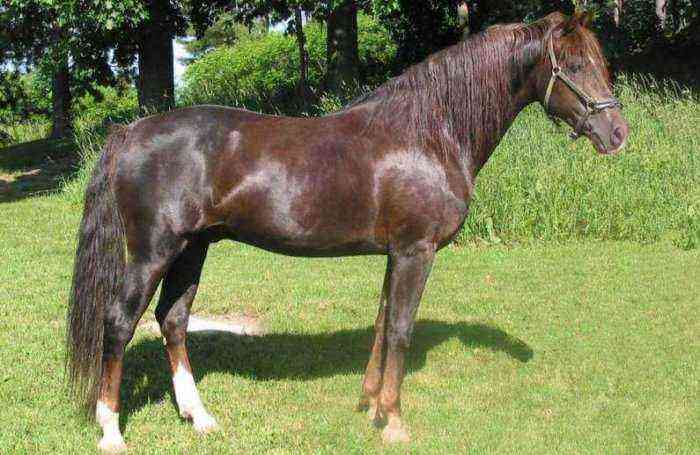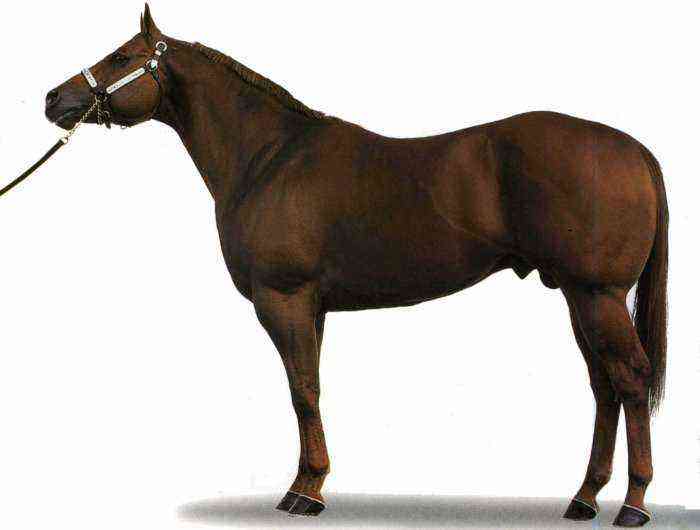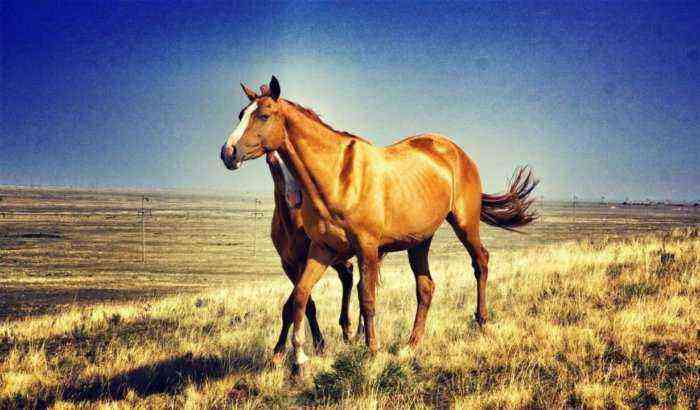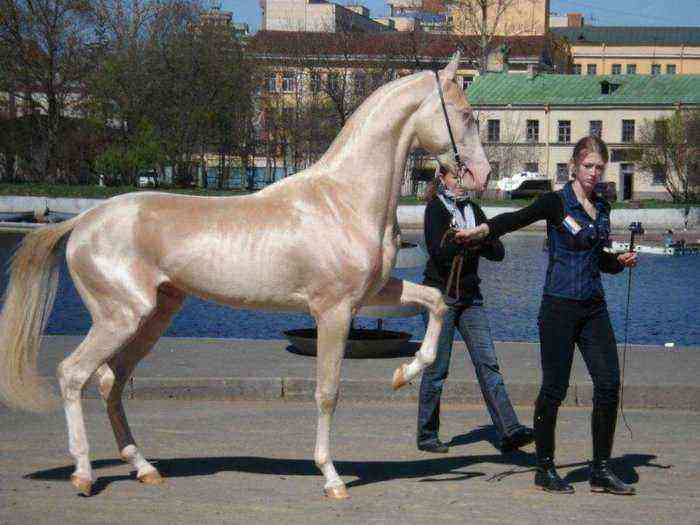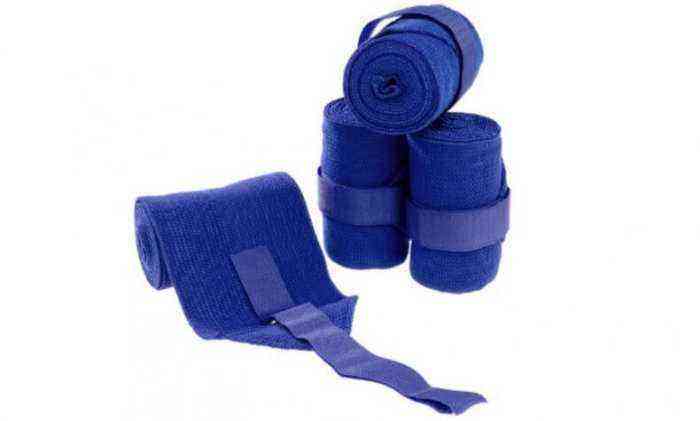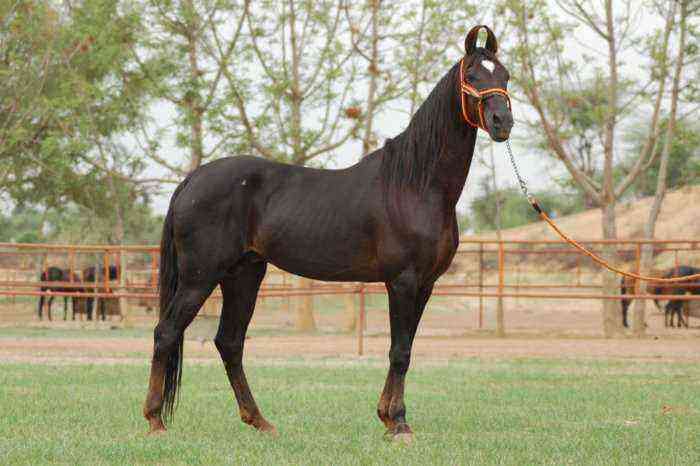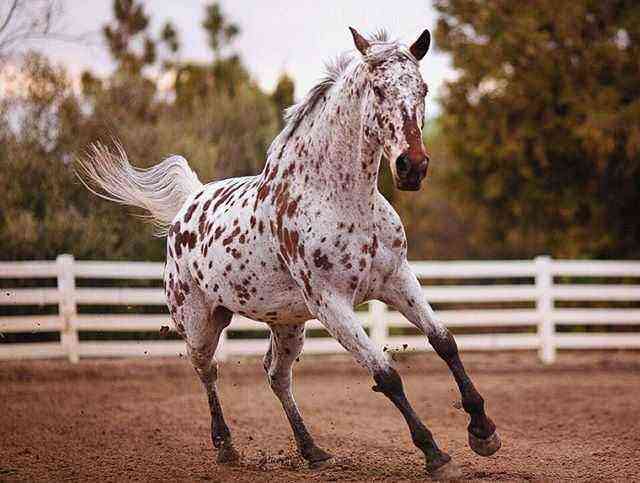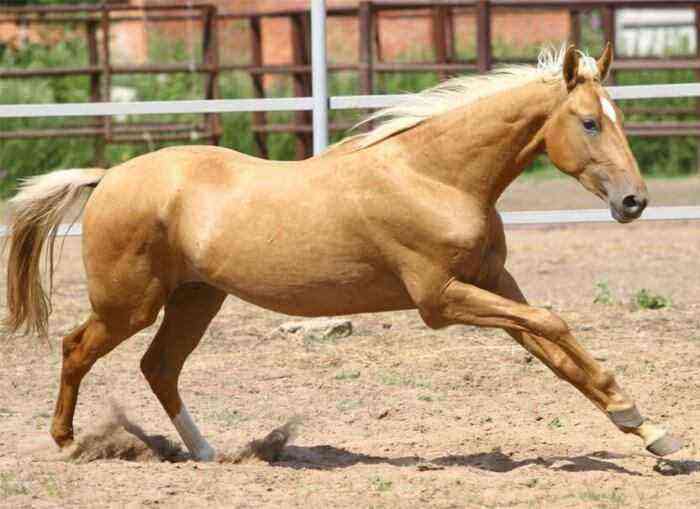The Haflinger horse is known for its unusually beautiful appearance. At home, she is called “sunny”, due to the golden color of the coat and snow-white hair in the mane and tail. These animals are long-lived, they are able to live up to 40 years, while they are used in reproduction up to the age of thirty.
Haflinger horse
History
Haflingers owe their origin to aboriginal horses that have long inhabited the Alpine foothills of central Europe. Mentions of this ancient breed date back to the Middle Ages. The authors described small local horses galloping nimbly along the mountain slopes. The birthplace of these creatures is considered to be a small village located south of Tyrol, in the central part of the European continent.
According to hippologists, the development of the breed was influenced by the Norian, Hutsul and Bosnian lines. Some believe that the blood of the Polish horse also flows in the veins of modern Haflinger horses. The ancient ancestors were very different from the current representatives of the breed. Their appearance changed at the beginning of the 20th century, when native mares were crossed with purebred Arabian stallions. One of them was named El Bedawi. It was brought to Austria from the Arabian Peninsula at the end of the 19th century.
At that time, the Radautz stud farm was engaged in breeding Haflingers. El Bedawi foal 22, born in the third generation from an Arab, became the most significant for this breed. It was from him that 4 of the five tribal lines that exist today originated.
Attention! One of the best sons of El Bedawi 22 is the stallion Foley, who was born as a result of crossing a crossbred Arab descendant with a local mare. He was registered as the first representative of this breed in 1874 by local breeders, and the official recognition of the Haflingers took place 24 years later.
A few years later, the Austrian government, in response to numerous requests from citizens, allocated funds for breeding work. Only individuals that meet high standards were allowed to breed. Animals that did not meet the selection requirements were used for the needs of the army.
The First World War almost put an end to the breeding of the breed, because the bulk of the breeding stallions were then concentrated in the north of Tyrol. This part of the territory went to Austria. Italy took possession of the southern lands, and with them the main composition of the Haflinger mares.
During this period, the breeding of thoroughbred horses became impossible, and the number of livestock declined sharply, as the horses were actively used for military purposes. At the end of World War II, breeding work resumed.
Exterior
Representatives of the Haflinger breed are notable for their short stature – 1,4–1,5 m. The horses are well built, have a proportional harmonious body structure. External characteristics:

The appearance of the representative of the breed
- large head with a wide frontal part;
- the concave profile that the animals inherited from their Arabian ancestors;
- big eyes, wide nostrils;
- the neck is short, slightly arched;
- the body is elongated cylindrical;
- the chest is deep;
- croup neat, downed, muscular;
- limbs are dry, slender, of medium length with well-defined joints;
- the hair in the mane and tail is white;
- the main suit is light-gray.
Character
Haflinger horses are calm and docile. Farmers speak positively about animals – they are ready to work hard, while being content with a small amount of food. Accustomed to the changing climate and rarefied air of mountainous terrain, horses adapt well to different conditions.
Haflingers have a well-developed sense of balance, they easily move along steep slopes and perform maneuvers. These are indispensable helpers in the household. They are smart, obedient, hardy and energetic.
Distribution and scope
Haflingers today are bred not only in Austria and Italy, but also in other European countries – Switzerland, Germany and the UK. Most of the modern breeding stock is concentrated in the stud farm of the city of Jenesin and is state property. Attempts to acclimatize horses in India failed – the hot, humid climate did not suit the animals.
Modern Haflingers are used in agriculture. They help to transport small loads in the form of hay and fodder, to plow the land. Peaceful and kind animals are suitable for amateur riding. Beginners, including children, are trained on them. “Solar” horses are used in such areas:
- hippotherapy;
- equestrian tourism;
- sports – they show good results in show jumping, races and driving.

horse competition
Horses of the Haflinger breed are the owners of a beautiful appearance and good disposition. They are valued for good adaptability to various climatic conditions, unpretentiousness, endurance and performance. The indisputable advantage of these animals is longevity and the possibility of long-term use for reproduction.
